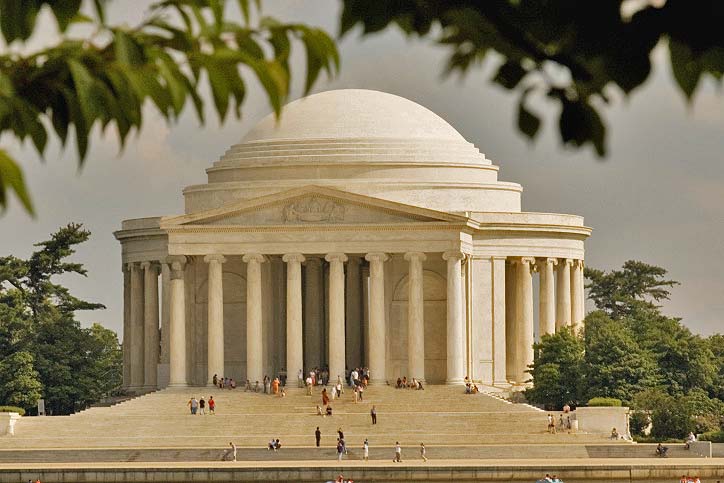|
|
LITR 4231
Early American Literature 2010 research post 1 |
|
Allison Evans
March 26, 2010
Research Post 1: Salem Witch Trials
I knew a little about the Salem Witch trials from high school
history and English courses. I learned a little bit more about the details of
everything in Early American Literature. There was still more that I wanted to
know about these events like how is it that this could occur the way it did,
what proof did they use in all of the trials to convict someone of being a
witch, did they have a literary source as a guide to tell them if someone was a
witch? Was there a literary work
that people of the time read that made them mentally scared of witches? And
lastly, after the events how did they justify their own actions towards others?
Something that I was very eager to
search for but not holding my breath to find, were some of the actual documents
of that time period.
In
searching for the answer to the question about what proof or literary work was
used to convict a person of being a witch, I found the answers to several of my
other questions as well as an answer to this question. One of the main sources I
used in my research was a website created by the University of Virginia. This
site has an amazing amount of information on the Salem Witch trials including
snapshots/scanning’s, of original documents with a side by side translation.
This site is extremely easy to navigate
through. It has everything you need to research the trials including: historical
documents, historical maps, archival collections (usually works that belong to
museums or historical societies) and lastly, links to contemporary texts on the
subject. The biggest element of
this site that stood out was its ability to provide the quest entering the site
with a view of the original documents from that time period, especially the
court write ups. The only thing about this site that I would change would be the
presentation. When the site first popped up, I thought it was still loading and
about three minutes later I realized this was the page, and there was nothing
more to load. This is a very minor change and wealth of content on the trials
available is worth more than the presentation of the website.
http://etext.virginia.edu/salem/witchcraft/
The second
website that I found very unique and amazing was the University of
Kansas-Missouri City’s law schools site. This site has so many elements that I
found wonderful. The site is geared towards future/current teachers. There are
tools that one can use to teach including lesson plans, games, and some great
links for students to visit. Along with the teaching tools that this site
offers, it also offers tons of literary works on the subject from the Arrest
Warrants to the Complete Witchcraft Papers.
This site is very easy to navigate and even provides links to return to
the home page. One of my favorite
literary works provided by this site is the “Letters of Governor Phips”. In
these letters the Governor writes and explains what is going on in the towns and
expresses his reasoning behind why the trials had to go the way that they did.
Something extremely interesting about this site is they list reasons for
the beginning of the trials as well as why it ended. In these reasons they give
you links to literary text when possible so you can have a chance to read the
influential writings.
http://www.law.umkc.edu/faculty/projects/ftrials/salem/salem.htm
In my
research I found answers to several of my questions, however the one that stood
out to me the most and the question that was answered completely again and again
was: Was there a literary work that people of the time read that made them
mentally scared of witches? In several of the sites, the text
Cotton Mather's Memorable
Providences
was
listed. In my research I found that
Cotton Mather was an extremely influential author of the time whose writings
greatly stemmed and fueled the Salem Witch Trials. The most known work
associated with Mather’s and the trials today is
The
Wonders of The Invisible World
.
In this work, Mather writes about
certain cases of witchcraft and the families that were affected by it.
He also writes about the type of things that the witches did to the
others and the pain they were caused. After the trials were over, Mather even
wrote a bibliography on the governor of the time. In essence I learned that the
question I should have been asking was: What writer of the time had major
influence on the people of Salem during and before the trials began? The answer
to this as I stated above is Mather. If I were to continue on my research to
learn about this influential writer the next step for me would be to research
him as a person, his backgrounds, and where he took his writing from (basically,
what influenced him).
Bibliography
Campbell, Donna M. "The Salem Witch Trials." Literary Movements. Dept. of
English,
Washington State University. 21 March 2010. Web. 23 March 2010.
Johnson ,
Philip R. , and . "The Hall of Church History." Cotton
Mather.
Philip R.
Johnson,
2001. Web. 21 Mar 2010.
<http://www.spurgeon.org/~phil/mather.htm#by>.
Ray, Benjamin, and Authors at University of Virginia. "Salem Witch Trials
Documentary Archive and Transcription Project." Salem Witch Trials.
University
of Virginia, 2002. Web. 20 Mar 2010.
<http://etext.virginia.edu/salem/witchcraft/>.
Various, , and . "Famous American Trials: Salem Witchcraft Trials 1692." Salem
Witchcraft Trials.
University of Kansas-Missouri City, n.d. Web. 21 Mar 2010.
<http://www.law.umkc.edu/faculty/projects/ftrials/salem/salem.htm>.
|
|
|
|


